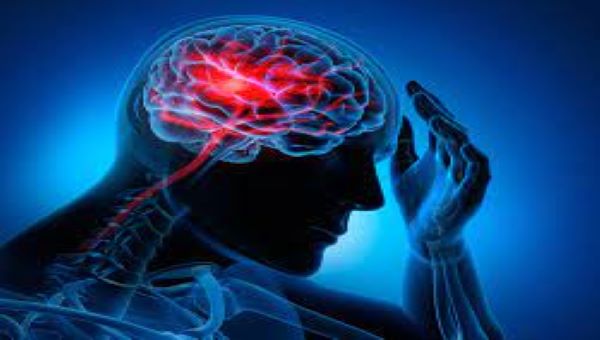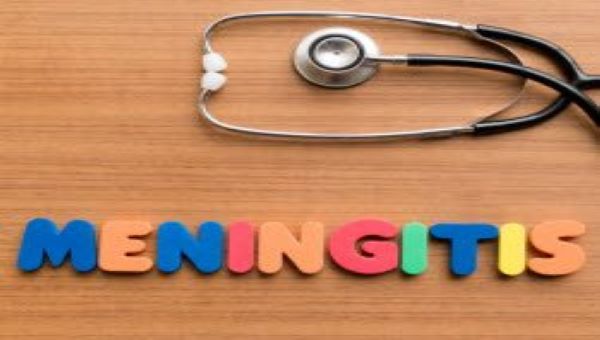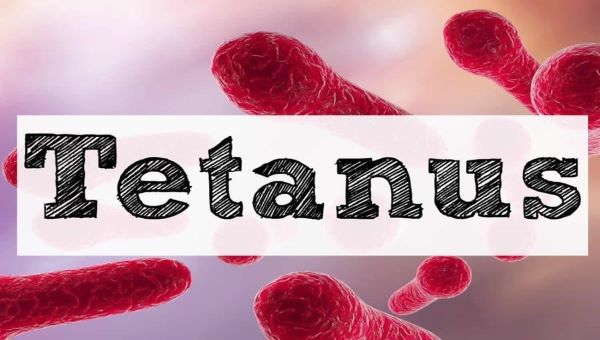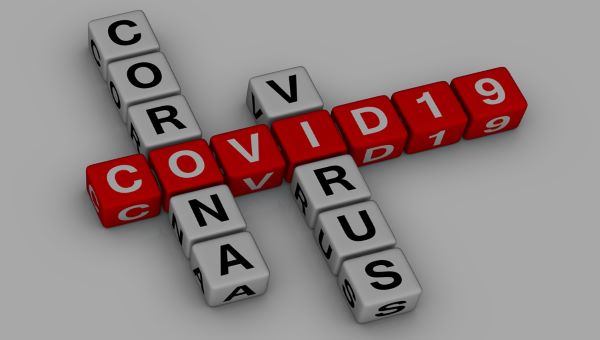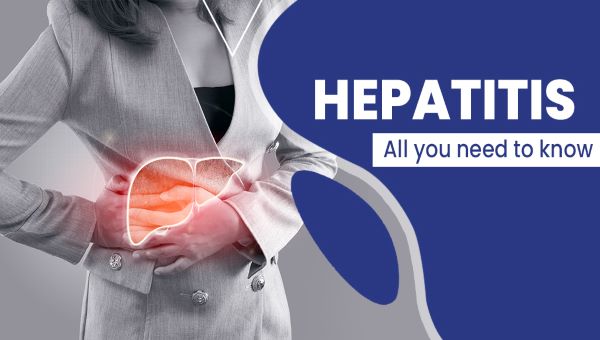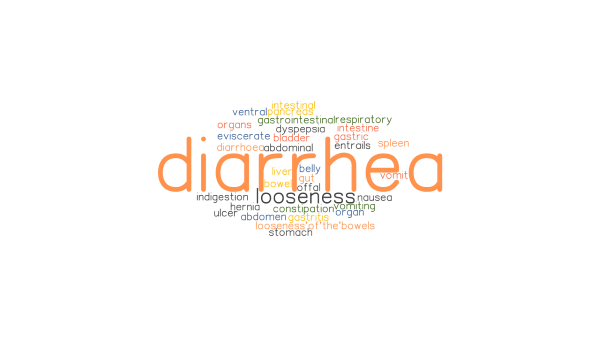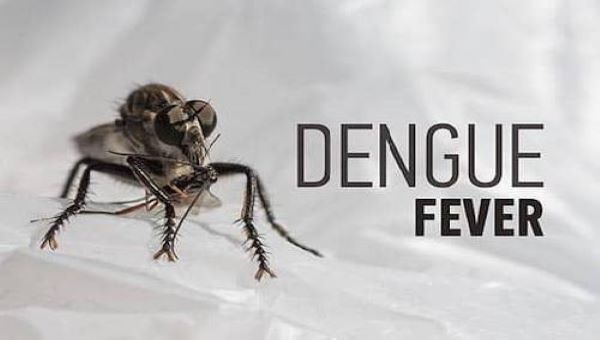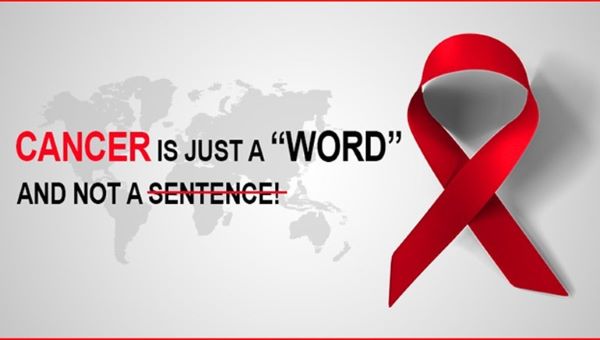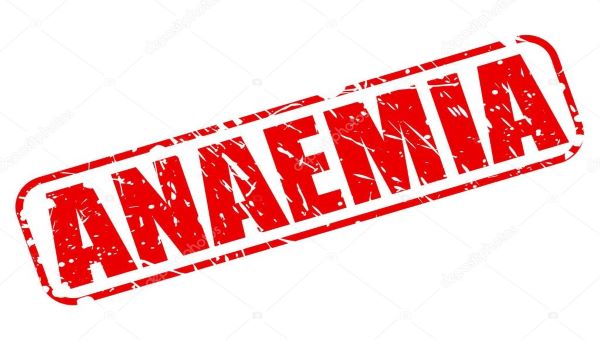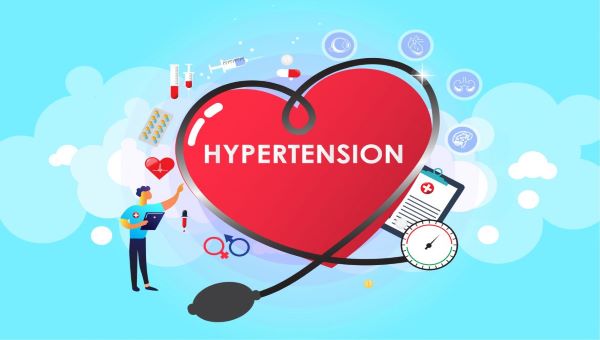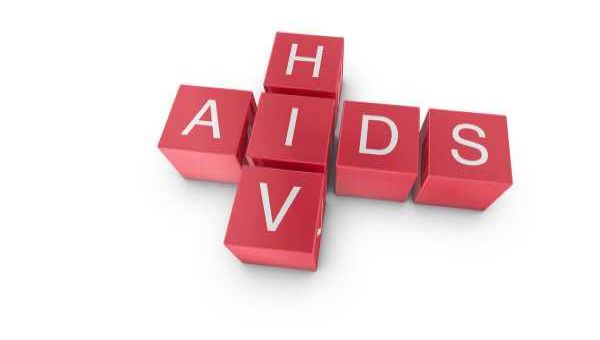Know more about stroke
Apr 22, 2022
STROKE
INTRODUCTION
A stroke, or brain attack, is caused by the sudden loss of blood flow to the brain or bleeding inside the head. Each can cause brain cells to stop functioning or die. When nerve cells in the brain die, the function of the body parts they control is harmed or lost. Depending on the part of the brain affected, people can lose speech, feeling, muscle strength, vision, or memory. Some people recover completely; others are seriously disabled or die.
Stroke is one of the leading causes of death and disability in India. The estimated adjusted prevalence rate of stroke range, from 84-262/100,000 in rural and 334-424/100,000 in urban areas. The incidence rate is 119-145/100,000 based on the recent population-based studies.
According to the Indian Stroke Association, the incidence of stroke in India has increased by almost 100 percent in the past few decades. Around 1.8 million people in India suffer from a stroke every year and it is only early treatment that can reduce morbidity and mortality.
The ischemic stroke is the most common type of stroke across the globe and it is caused when a clot or other blockage affects a brain artery. Consequently, it becomes critical to manage the time between the onset of stroke and its treatment. According to studies patients who are exposed to treatment within 0–90 min of the first onset of stroke have increased chances of improvement if proper treatment protocol is followed. A delay in seeking the right treatment leads to instances of disability and can sometimes be fatal.
A stroke (also known as a Brain Attack) occurs when blood supply to the brain is affected due to either blockage or leakage (or both blockage and leakage) of a blood vessel responsible for supplying or draining blood to and from the brain, thereby, causing brain damage leading to difficulty in movements, sensation, speaking, vision, etc. or at times to death.
TYPE OF STROKE
Ischemic Stroke: In India about 70-75% of all strokes are ischemic, in which blood flow to the brain is blocked by blood clots or fatty deposits (also known as plaque) in blood vessel linings.
HaemorrhagicStroke: It occurs when a blood vessel leaks in the brain. Blood accumulates and compresses the surrounding brain tissue. This is also called ‘Brain hemorrhage.
Intracerebral hemorrhage: It is the most common type of hemorrhagic stroke. It occurs when an artery in the brain leaks, flooding the surrounding tissue with blood.
Subarachnoid hemorrhage: It is bleeding in the area between the brain and its covering consisting of layers of tissue.
Transient ischemic attack (TIA) is a "warning stroke" or a "mini-stroke" that results in no lasting damage. Recognizing and treating TIAs immediately can reduce your risk of a major stroke.
You can reduce your chances of death or disability if you recognize the signs of stroke and get immediate medical help. Quick medical attention and treatment can save lives. It can also prevent more serious, long-lasting problems. People who are suffering from a stroke must get immediate medical care. It is very important they get to a hospital within 60 minutes of the onset of a stroke. Time is of the essence.
STROKE RISK FACTORS
Stroke risk increases sharply with age, doubling every decade after the age of 55. However, stroke can occur at any age. About 28 percent of those who have a stroke are under 65 years old. Men have slightly more strokes than women. Strokes claim the lives of more women than breast cancer. And people with a family history of stroke and heart disease have an increased stroke risk.
There are also very important risk factors that often can be controlled:
- Monitoring and reducing high blood pressure
- Limiting tobacco use
- Managing cholesterol levels
- Maintaining a healthy weight
- Controlling diabetes
See your doctor for help in addressing these risk factors.
TESTS
A physical exam. Your doctor will do a number of tests you're familiar with, such as listening to the heart and checking the blood pressure. You'll also have a neurological exam to see how a potential stroke is affecting your nervous system.
Blood tests. You may have several blood tests, including tests to check how fast the blood clots, whether the blood sugar is too high or low, and whether you have an infection.
Computerized tomography (CT) scan. A CT scan uses a series of X-rays to create a detailed image of your brain. A CT scan can show bleeding in the brain, an ischemic stroke, a tumor or other conditions. Doctors may inject a dye into your bloodstream to view the blood vessels in the neck and brain in greater detail (computerized tomography angiography).
Magnetic resonance imaging (MRI). An MRI uses powerful radio waves and a magnetic field to create a detailed view of the brain. An MRI can detect brain tissue damaged by an ischemic stroke and brain hemorrhages. Your doctor may inject a dye into a blood vessel to view the arteries and veins and highlight blood flow (magnetic resonance angiography or magnetic resonance venography).
Carotid ultrasound. In this test, sound waves create detailed images of the inside of the carotid arteries in the neck. This test shows buildup of fatty deposits (plaques) and blood flow in the carotid arteries.
Cerebral angiogram. In this uncommonly used test, your doctor inserts a thin, flexible tube (catheter) through a small incision, usually in the groin, and guides it through the major arteries and into the carotid or vertebral artery. Then your doctor injects a dye into the blood vessels to make them visible under X-ray imaging. This procedure gives a detailed view of arteries in the brain and neck.
Echocardiogram. An echocardiogram uses sound waves to create detailed images of the heart. An echocardiogram can find a source of clots in the heart that may have traveled from the heart to the brain and caused a stroke.
Treatment
Emergency treatment for stroke depends on whether you're having an ischemic stroke or a stroke that involves bleeding into the brain (hemorrhagic).
Ischemic stroke
To treat an ischemic stroke, doctors must quickly restore blood flow to the brain. This may be done with:
Emergency IV medication. Therapy with drugs that can break up a clot has to be given within 4.5 hours from when symptoms first started if given intravenously. The sooner these drugs are given, the better. Quick treatment not only improves your chances of survival but also may reduce complications.
An IV injection of recombinant tissue plasminogen activator (TPA) — also called alteplase (Activase) or tenecteplase (TNKase) — is the gold standard treatment for ischemic stroke. An injection of TPA is usually given through a vein in the arm within the first three hours. Sometimes, TPA can be given up to 4.5 hours after stroke symptoms started.
This drug restores blood flow by dissolving the blood clot causing the stroke. By quickly removing the cause of the stroke, it may help people recover more fully from a stroke. Your doctor will consider certain risks, such as potential bleeding in the brain, to determine whether TPA is appropriate for you.
Emergency endovascular procedures. Doctors sometimes treat ischemic strokes directly inside the blocked blood vessel. Endovascular therapy has been shown to significantly improve outcomes and reduce long-term disability after ischemic stroke. These procedures must be performed as soon as possible:
Medications are delivered directly to the brain. Doctors insert a long, thin tube (catheter) through an artery in the groin and thread it to the brain to deliver TPA directly where the stroke is happening. The time window for this treatment is somewhat longer than for injected TPA but is still limited.
Removing the clot with a stent retriever. Doctors can use a device attached to a catheter to directly remove the clot from the blocked blood vessel in the brain. This procedure is particularly beneficial for people with large clots that can't be completely dissolved with TPA. This procedure is often performed in combination with injected TPA.
Hemorrhagic stroke
Emergency treatment of hemorrhagic stroke focuses on controlling the bleeding and reducing pressure in the brain caused by the excess fluid. Treatment options include:
Emergency measures. If you take blood-thinning medications to prevent blood clots, you may be given drugs or transfusions of blood products to counteract the blood thinners. You may also be given drugs to lower the pressure in the brain (intracranial pressure), lower blood pressure, prevent spasms of the blood vessels and prevent seizures.
Surgery. If the area of bleeding is large, your doctor may perform surgery to remove the blood and relieve pressure on the brain. Surgery may also be used to repair blood vessel problems associated with hemorrhagic strokes. Your doctor may recommend one of these procedures after a stroke or if an aneurysm, arteriovenous malformation (AVM), or another type of blood vessel problem caused the hemorrhagic stroke.
Surgical clipping. A surgeon places a tiny clamp at the base of the aneurysm to stop blood flow to it. This clamp can keep the aneurysm from bursting, or it can keep an aneurysm that has recently hemorrhaged from bleeding again.
Coiling (endovascular embolization). Using a catheter inserted into an artery in the groin and guided to the brain, the surgeon will place tiny detachable coils into the aneurysm to fill it. This blocks blood flow into the aneurysm and causes blood to clot.
Surgical AVM removal. Surgeons may remove a smaller AVM if it's located in an accessible area of the brain. This eliminates the risk of rupture and lowers the risk of hemorrhagic stroke. However, it's not always possible to remove an AVM if it's located deep within the brain, it's large, or its removal would cause too much of an impact on brain function.
Stereotactic radiosurgery. Using multiple beams of highly focused radiation, stereotactic radiosurgery is an advanced minimally invasive treatment used to repair blood vessel malformations.
Stroke recovery and rehabilitation
Brain hemisphere connections Open pop-up dialog box
After emergency treatment, you'll be closely monitored for at least a day. After that, stroke care focuses on helping you recover as much function as possible and return to independent living. The impact of the stroke depends on the area of the brain involved and the amount of tissue damaged.
If the stroke affected the right side of the brain, your movement and sensation on the left side of the body may be affected. If the stroke damaged the brain tissue on the left side of the brain, your movement and sensation on the right side of the body may be affected. Brain damage to the left side of the brain may cause speech and language disorders.
Most stroke survivors go to a rehabilitation program. Your doctor will recommend the most rigorous therapy program you can handle based on your age, overall health and degree of disability from the stroke. Your doctor will take into consideration your lifestyle, interests and priorities, and the availability of family members or other caregivers.
Rehabilitation may begin before you leave the hospital. After discharge, you might continue your program in a rehabilitation unit of the same hospital, another rehabilitation unit or skilled nursing facility, as an outpatient, or at home.
Every person's stroke recovery is different. Depending on your condition, your treatment team may include:
- Doctor trained in brain conditions (neurologist)
- Rehabilitation doctor (physiatrist)
- Rehabilitation nurse
- Dietitian
- Physical therapist
- Occupational therapist
- Recreational therapist
- Speech pathologist
- Social worker or case manager
- Psychologist or psychiatrist
- Chaplain
Coping and support
A stroke is a life-changing event that can affect your emotional well-being as much as your physical function. You may sometimes feel helpless, frustrated, depressed and apathetic. You may also have mood changes and a lower sex drive.
Maintaining your self-esteem, connections to others and interest in the world are essential parts of your recovery. Several strategies may help you and your caregivers, including:
Don't be hard on yourself. Accept that physical and emotional recovery will involve tough work and that it will take time. Aim for a "new normal," and celebrate your progress. Allow time for rest.
Join a support group. Meeting with others who are coping with a stroke lets you get out and share experiences, exchange information and build new friendships.
Let friends and family know what you need. People may want to help, but they may not know what to do. Let them know how they can help, such as by bringing over a meal and staying to eat with you and talk, or attending social events or religious activities with you.
Communication challenges
Problems with speech and language can be especially frustrating. Here are some tips to help you and your caregivers cope with communication challenges:
Practice. Try to have a conversation at least once a day. It will help you learn what works best for you. It will also help you feel connected and help rebuild your confidence.
Relax and take your time. Talking may be easiest and most enjoyable in a relaxing situation when you're not rushed. Some stroke survivors find that after dinner is a good time.
Say it your way. When you're recovering from a stroke, you may need to use fewer words, rely on gestures or use your tone of voice to communicate.
Use props and communication aids. You may find it helpful to use cue cards showing frequently used words or pictures of close friends and family members, a favourite television show, the bathroom, or other regular wants and needs.

